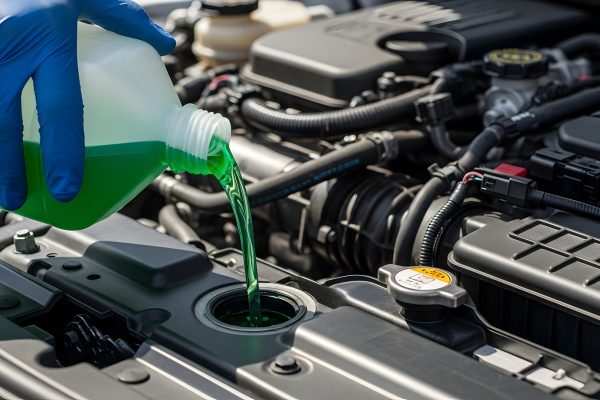We are seeing more and more misuse of Unroadworthy Vehicle Sales Invoices. These attract the interest of Trading Standards and can severely reduce the bargaining power you have with customers when something goes wrong.
You should NOT use these invoices:
1. To simply sell low value stock and/or part exchanges.
2. As a means of telling the customer that the car comes with no warranty.
3. Unless you clearly advertise the car as being “unroadworthy” and for spares or repairs only and that you clearly state it as such everywhere you do advertise the car including prominently inside the windows of the vehicle. You should take and retain evidence of that advertising.
4. You do NOT allow a test drive in the car.
5. Do NOT put a new MOT on the car.
6. You make it clear that the car is to be removed by low-loader and is not to be driven away by the customer. IF the customer insists on driving it away you ought to have him to write a short note to say that he acknowledges the vehicle not to be fit for the road, that you have told him that it ought not to be driven away but that the customer is to do so irrespective of that advice.
Otherwise you open yourself up to claims that the buyer was never told the car was un-roadworthy until after they had paid the money for it and that they only found out when they got home and saw the sales document.
Further, you should ideally state on that advertising what makes the car un-roadworthy even in the most basic of terms – “defective braking system”, “severely corroded”, “steering not working properly” for example.

On average 55 vulnerabilities are identified daily.
What can I do?
Review your organisations priorities and ask ‘can we afford a breach?’. What do I do during an incident? Who do I involve? When do I involve the ICO?
If you’re unable to answers these questions, you need help from the experts.








